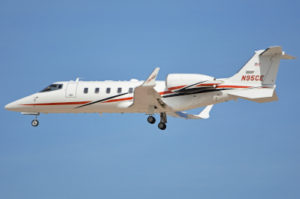- Series:Animals, Transcript English
Genesis 1:20
“And God said, Let the waters bring forth abundantly the moving creatures that hath life, and fowl that may fly above the earth in the open firmament of heaven.”
 Aerodynamics, the science of flight, is a highly complex science. This is because many complex forces are acting on anything in flight. These forces include the power available for flight and drag produced by the flying object. Each of these categories include many additional forces that depend on the shape of the flying object, the shape and length of the wings, the speed and the altitude. This is why, for example, high altitude planes have very long wings.
Aerodynamics, the science of flight, is a highly complex science. This is because many complex forces are acting on anything in flight. These forces include the power available for flight and drag produced by the flying object. Each of these categories include many additional forces that depend on the shape of the flying object, the shape and length of the wings, the speed and the altitude. This is why, for example, high altitude planes have very long wings.
One critical force that has been under recent study is the turbulence that forms at the tips of the wings. The shorter the wing, the more energy consuming turbulence forms at the tip of the wing. Different wing designs have been tried to decrease this turbulence. Engineers have had some success reducing this turbulence with winglets.
You may have seen these small vertical wings on the wingtips of some airplanes. Swiss researchers have been studying vultures with the hope of finding a better solution to this problem because vultures have a relatively short wing span that has proven to be surprisingly efficient. They discovered that this is because the feathers at the vultures’ wing tips spread out. They then tested a wing with a finger-like cascade of blades at the end. Their new wing was more than four times more efficient than the average wing design in use today! It takes a great deal of faith in evolution to think that natural selection possesses such knowledge of aerodynamics. Clearly the vulture was designed by an intelligent Creator Who understands aerodynamics even better than we do!
Prayer:
I thank You, dear Father, that we can see Your wisdom in the creation. Amen.
Notes:
Wingfingers, Flying/January 1999, p.108. Photo: Learjet 60 with winglets. Courtesy of Allen Wilson. (CC by SA 2.0)
